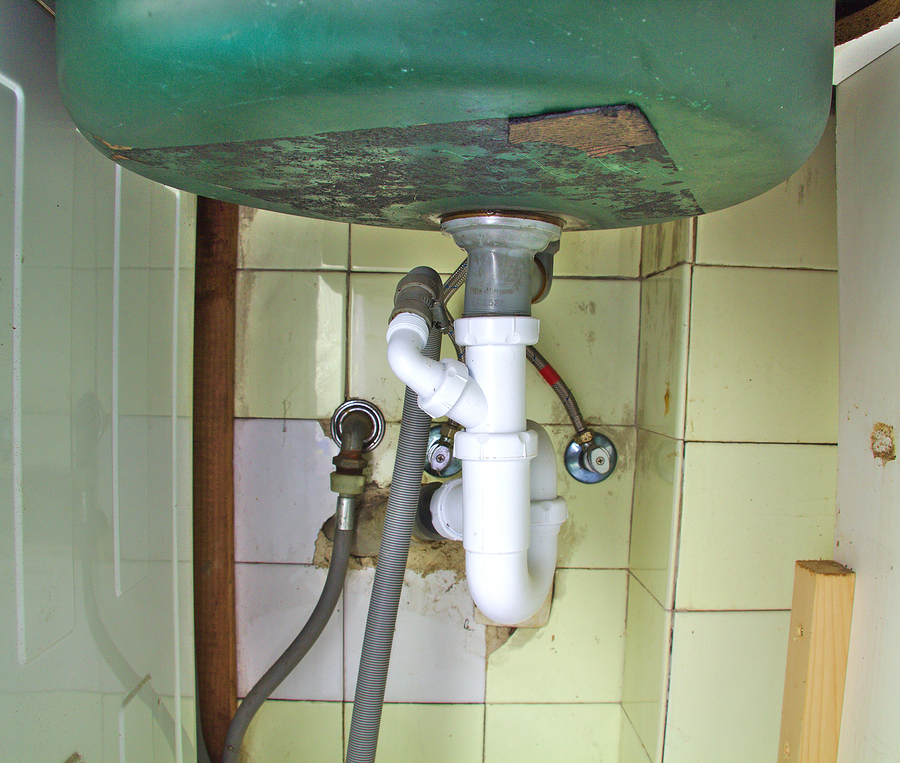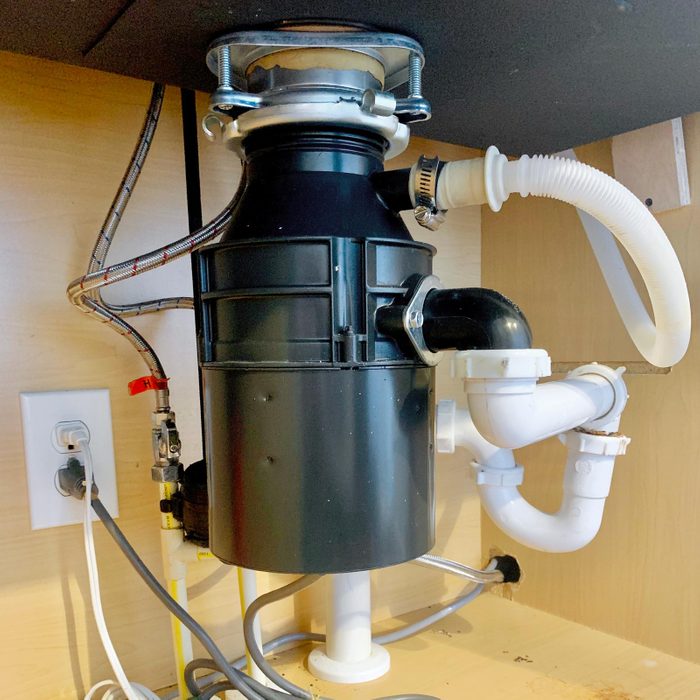Effortless Steps to Stop a Leak in Your Garbage Disposal
Effortless Steps to Stop a Leak in Your Garbage Disposal
Blog Article
What're your thoughts about Why Is ?

Waste disposal unit are important kitchen area devices that aid in getting rid of food waste effectively. However, a leaking garbage disposal can be an aggravating and untidy issue to take care of. Luckily, lots of leaks can be repaired quickly with a couple of easy steps. In this article, we will go over how to deal with a dripping waste disposal unit efficiently.
Intro
Waste disposal unit are set up under cooking area sinks and are developed to shred food waste right into smaller sized pieces, allowing it to pass through the plumbing system quickly. While these devices are typically reliable, leaks can occur in time due to damage, loose connections, or damages to the system.
Step-by-Step Guide to Dealing With a Leaking Garbage Disposal
Shut off the Power
Prior to trying any type of repair services, guarantee that the power to the garbage disposal unit is shut off to avoid the threat of electrical shock.
Locate the Leak
Recognize the specific area of the leak and determine the reason
Tighten up Connections
Make use of a wrench to tighten up any loose connections between the disposal device and the plumbing system.
Change Seals or Gaskets
If the leakage is because of worn seals or gaskets, get rid of the old components and replace them with new ones.
Patching Splits or Holes
For cracks or holes in the disposal unit, usage epoxy or an ideal patching product to secure the broken location.
Determining the Source of the Leakage
Prior to trying to deal with a dripping waste disposal unit, it is necessary to identify the source of the leak. This can commonly be done via aesthetic examination or by conducting straightforward examinations.
Visual Inspection
Examine the garbage disposal system thoroughly for any type of indications of water leakage. Pay very close attention to areas around seals, gaskets, and connection points.
Evaluating for Leaks
One way to test for leaks is by running water through the disposal unit and checking for any kind of noticeable indications of leak.
Usual Causes of Leakages in Garbage Disposals
Worn Seals and Gaskets
Seals and gaskets play a critical role in stopping water from dripping out of the garbage disposal. Gradually, these parts can wear away, causing leakages around the disposal device.
Loose Links
The links in between the waste disposal unit and the pipes system can end up being loosened with time, creating water to leakage out during procedure.
Fractures or Holes in the Disposal System
Physical damages to the waste disposal unit, such as splits or openings in the real estate, can additionally result in leakages.
Tools and Materials Needed for Taking Care Of a Leaking Garbage Disposal
Prior to starting the fixing procedure, gather the necessary devices and products, consisting of a screwdriver, flexible wrench, plumbing's putty, substitute seals or gaskets, and epoxy or patching product for fixing splits or openings.
Evaluating the Waste Disposal Unit After Fixing
As soon as the repair service is full, check the garbage disposal by running water through it to make certain that the leakage has been resolved.
Preventive Upkeep Tips to Prevent Future Leakages
To prevent future leaks, it is important to perform regular upkeep on your waste disposal unit. This includes keeping it tidy, avoiding placing non-food products or tough objects down the disposal, and occasionally checking for leaks or various other problems.
Verdict
In conclusion, taking care of a dripping waste disposal unit is a reasonably simple process that can be finished with fundamental tools and materials. By adhering to the steps detailed in this write-up and practicing preventive maintenance, you can maintain your waste disposal unit in good working problem and stay clear of costly repair work in the future.
What to Do About a Leaking Garbage Disposal
A leaking garbage disposal often goes unnoticed until you confront a sopping cabinet, a foul-smelling puddle, or an audible drip-drip-drip from the unit. The fix can be frustrating, too, because the leak can stem from a number of components in the system. Fortunately, with a little sleuthing, you can zero in on the leak and—depending on the exact location—stop the icky oozing and repair the component that caused it. Worst case scenario, if it turns out that the garbage disposal must be replaced, installing a new one is a reasonable do-it-yourself task for those with basic plumbing skills. Read on to keep the cash you’d otherwise hand over to a pro.
Prepare to find the leak
Prior to testing the garbage disposal for leaks, unplug it at the wall outlet and turn off the power from the breaker box to prevent electrical shock. Then insert a watertight sink stopper into your sink drain and wipe the unit dry with a clean cloth. In any handy container, mix a few drops of food coloring into a few cups of water, and pour the dyed water onto the sink stopper to help you locate the leak.
Investigate the source
the top, where the disposal meets the sink drain the side, where the dishwasher hose or main drain pipe connects to the disposal or the bottom of the unit Inspect each of these locations while gliding a light-colored rag over the unit; the dyed water will readily show on the rag and reveal the location of the leak. If a leak isn’t immediately apparent, remove the sink stopper and pour a few more cups of dyed water down the sink drain, then check for leaks again. Leaks near the top of the unit are more likely to show themselves while the sink is plugged, while side and bottom leaks are more noticeable while the sink is unplugged.
The metal sink flange that sits directly inside the sink drain is typically sealed around the top with plumber’s putty (a clay-like sealant) and then secured from under the sink with bolts. If the plumber’s putty deteriorates, or the bolts loosen, the flange can no longer form a watertight seal between the sink drain and the disposal—which could cause a leak at the top of the unit.
To reseal the leaky flange, you must first detach the garbage disposal. Start by loosening the screws securing the main drain pipe to the disposal, then loosen the screws in the metal clamp securing the dishwasher hose to the disposal and detach the drain pipe and dishwasher hose from the disposal. Loosen the screws in the mounting ring that connects the disposal to the metal mounting assembly beneath the sink, then pull down the disposal and carefully set it on a clean, dry surface. Loosen the bolts in the mounting assembly with a wrench, then pull down the mounting assembly and set it near the disposal.

I was made aware of that write-up about How to fix a pretty consistent leak from my garbage disposal from a friend on our other blog. Do you know about somebody who is truly interested in Garbage Disposal Leaking From Bottom? Take a moment to promote it. I thank you for reading our article about Garbage Disposal Leaking From Bottom.
Book Your Service Report this page